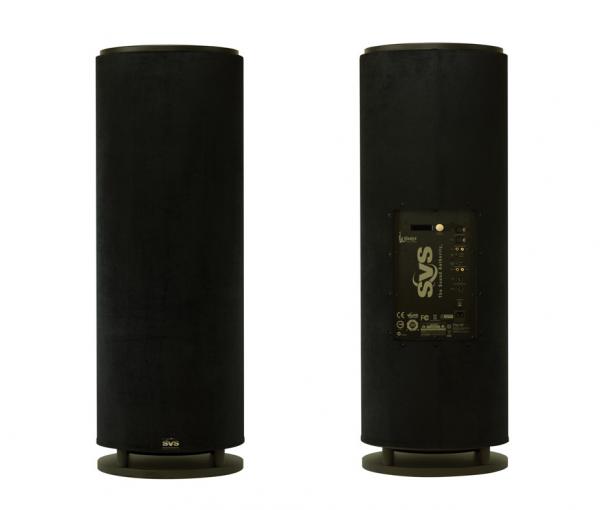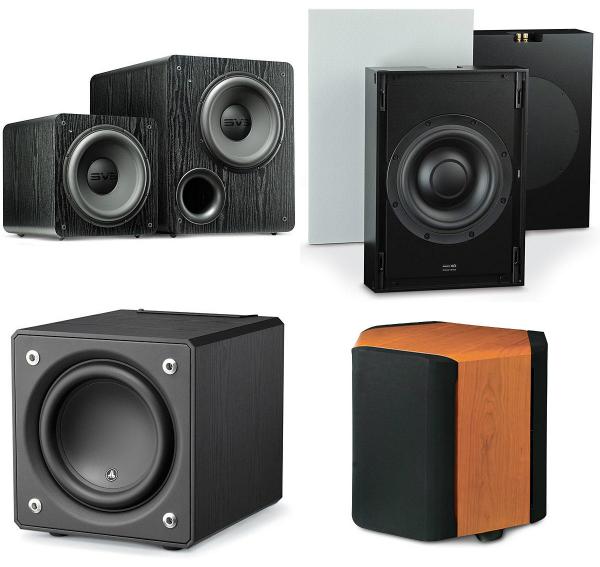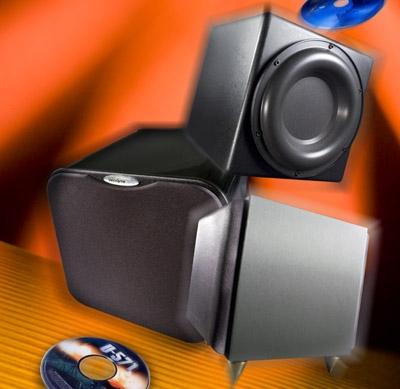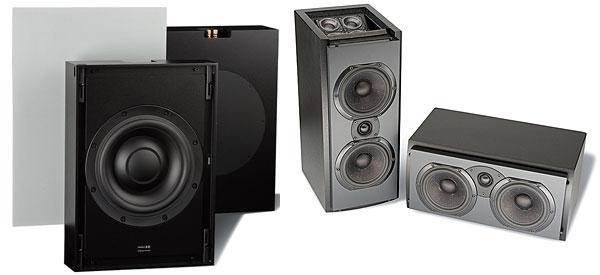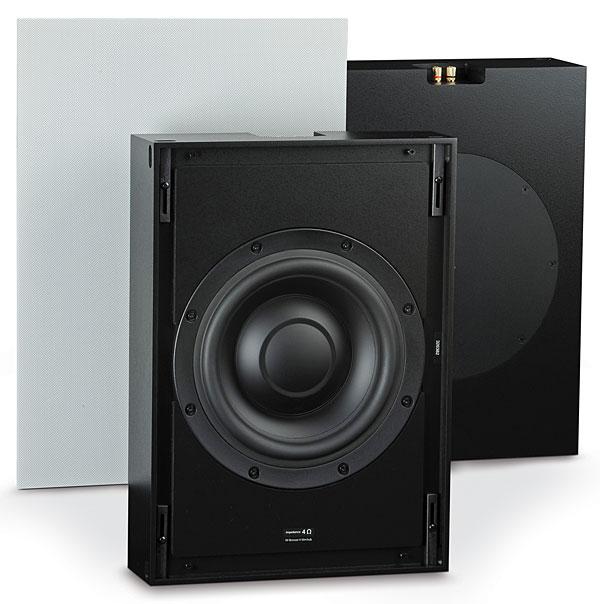Subwoofer Reviews
Sort By: Post DateTitle Publish Date
|
Jul 26, 2013 |
|
Dec 15, 2004 |
|
Jun 21, 2013 |
|
Oct 16, 2011 |
|
Dec 19, 2014 |
|
Dec 31, 2006 |
|
Aug 06, 2015 |
|
Oct 11, 2013 |







